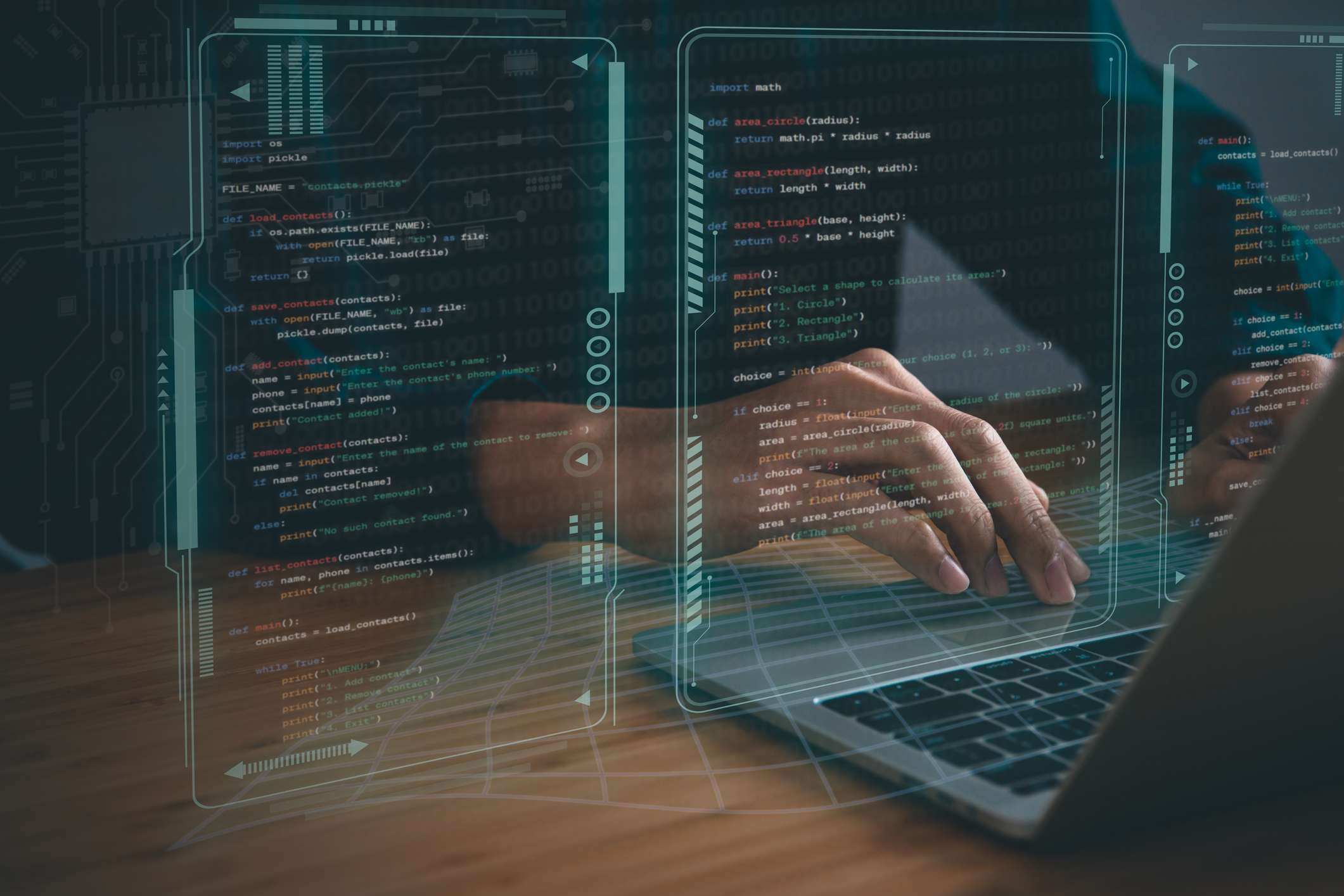Real-Time Threat Monitoring for Public Utilities

 By
Jason Miller
·
2 minute read
By
Jason Miller
·
2 minute read
Real-Time Threat Monitoring for Public Utilities
Public utilities are the backbone of modern infrastructure, providing essential services such as electricity, water, and gas. However, as these systems become increasingly digital, they also become vulnerable to cyber threats. Utility threat monitoring is essential to protecting these critical infrastructures from cyberattacks, insider threats, and operational disruptions. By leveraging threat monitoring tools, utilities can enhance security, detect anomalies, and respond to incidents in real time.
The Growing Need for Threat Monitoring in Utilities
Cyberattacks targeting utilities have surged in recent years, with hackers exploiting vulnerabilities in both IT and operational technology (OT) networks. Without real-time monitoring, these threats can go undetected for months, leading to data breaches, system failures, and financial losses. Implementing real-time threat monitoring enables utilities to proactively detect, analyze, and mitigate threats before they cause damage.
Did You Know?
Did you know that over 70% of cyberattacks on utilities target outdated security systems, making real-time monitoring crucial for preventing breaches?
Key Features of Real-Time Threat Monitoring for Utilities
1. Continuous Network Surveillance
24/7 monitoring provides full visibility into utility networks, detecting unauthorized access and suspicious activity in real time.
2. AI-Powered Anomaly Detection
Machine learning algorithms analyze network behavior to identify unusual patterns that could indicate cyber threats.
3. Automated Incident Response
Threat monitoring tools trigger automated responses to isolate compromised systems and mitigate risks immediately.
4. Integration with IT and OT Systems
Utility threat monitoring solutions ensure seamless protection across both IT networks and operational technology environments.
5. Compliance Reporting and Auditing
Real-time monitoring helps utilities comply with regulatory requirements such as NERC CIP, NIST, and CMMC by providing continuous security audits.
Benefits of Real-Time Threat Monitoring for Utilities
1. Faster Threat Detection
Advanced threat monitoring tools identify potential cyberattacks in seconds, reducing response time and minimizing system damage.
2. Reduced Downtime
Real-time monitoring enables rapid containment of cyber threats, ensuring uninterrupted service for customers.
3. Improved Cyber Resilience
Continuous monitoring strengthens overall cybersecurity, making utility networks more resilient against evolving threats.
4. Cost Savings
Proactive threat detection helps utilities avoid costly data breaches, regulatory fines, and system repair expenses.
5. Enhanced Public Trust
Ensuring cybersecurity through real-time monitoring reassures customers and stakeholders that critical services remain secure.
How to Implement Threat Monitoring for Utilities
For effective real-time threat monitoring, utilities should:
- Deploy AI-Driven Monitoring Tools: Use advanced analytics to detect and respond to anomalies in real time.
- Integrate Threat Intelligence Feeds: Leverage global threat intelligence to stay ahead of emerging cyber threats.
- Enable Automated Incident Response: Implement security automation to quickly contain and neutralize threats.
- Ensure Compliance with Regulations: Use real-time auditing tools to meet industry security standards.
- Partner with Cybersecurity Experts: Work with security providers like BitLyft AIR® to enhance utility threat monitoring.
How BitLyft AIR® Enhances Threat Monitoring for Utilities
BitLyft AIR® provides AI-powered threat monitoring tools designed for public utilities. With real-time detection, automated response, and compliance support, BitLyft AIR® helps utilities protect their infrastructure from cyber threats. Learn more at BitLyft AIR® Security Automation.
FAQs
Why do utilities need real-time threat monitoring?
Real-time threat monitoring helps utilities detect and respond to cyber threats instantly, preventing service disruptions and security breaches.
What are the biggest cybersecurity threats to utilities?
Common threats include ransomware, phishing attacks, insider threats, and industrial control system breaches.
How does AI improve threat monitoring?
AI-driven security solutions analyze network behavior, detect anomalies, and automate incident response, improving efficiency and accuracy.
What compliance frameworks apply to utilities?
Utilities must comply with cybersecurity regulations such as NERC CIP, NIST, and CMMC to protect critical infrastructure.
How does BitLyft AIR® support utility threat monitoring?
BitLyft AIR® offers AI-powered threat detection, real-time monitoring, and automated incident response to secure utility networks.